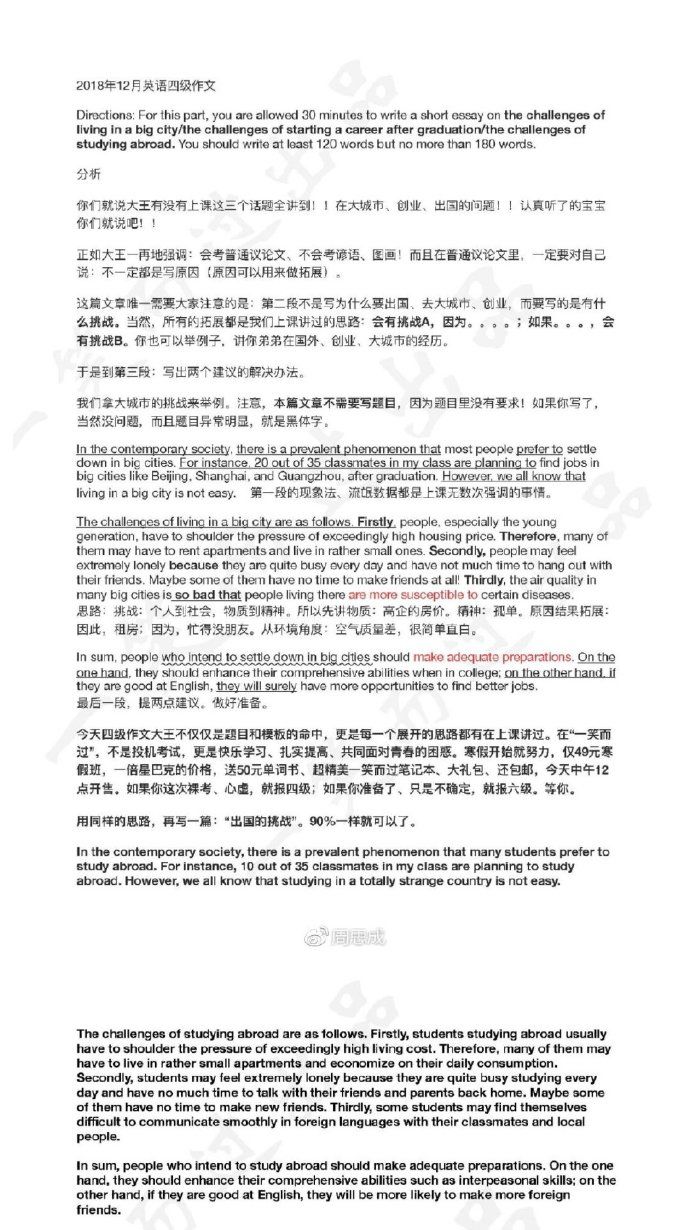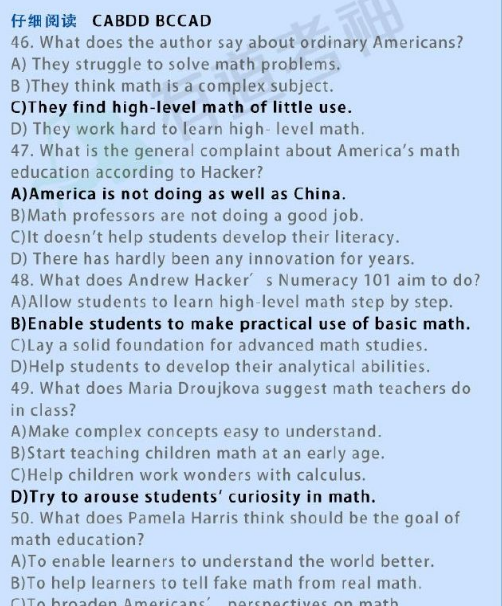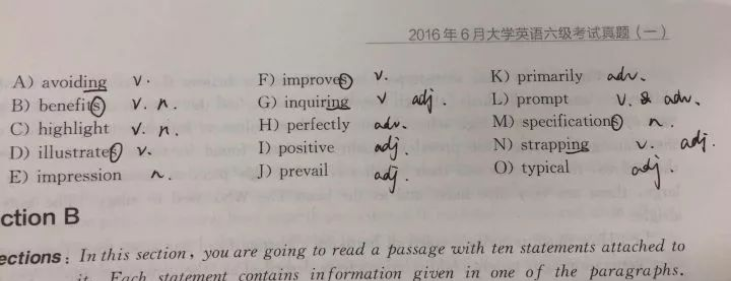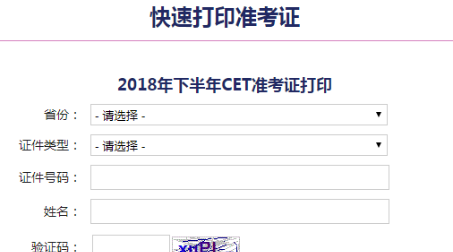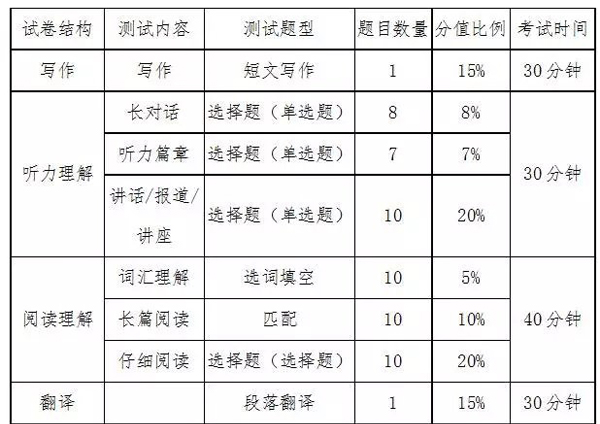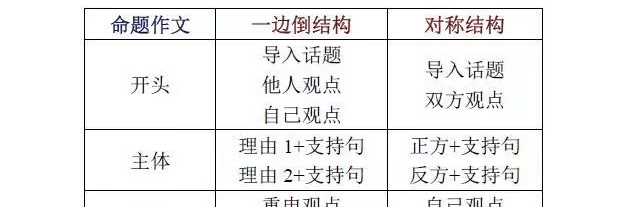教育类文章精选:YOU WIN
|
13 YOU WIN! PAY BANK $140,000 For parents, the scary part begins after the letter comes. As long as her parents can remember, 13-year-old Katie Hart has been talking about going to college. Her mother, Tally, a financial-aid officer at an Ohiouniversity, knows all too well the daunting calculus of paying for a college education. Last year the average yearly tuition at a private, four-year school climbed 5.5 percent to more than $17,000. The Harts have started saving, and figure they can afford a public university without a problem. But what if Katie applies to Princeton (she's threatening), where one year's tuition, room and board--almost $34,000 in 2002--will cost more than some luxury cars? Even a number cruncher like Tally admits it's a little scary, especially since she'll retire and Katie will go to college at around the same time. Paying for college has always been a humbling endeavor. The good news: last year students collected $74 billion in financial aid, the most ever. Most families pay less than full freight. Sixty percent of public-university students and three quarters of those at private colleges receive some form of financial aid--mostly, these days, in the form of loans. But those numbers are not as encouraging as they appear for lower-income families, because schools are changing their formulas for distributing aid. Eager to boost their magazine rankings, which are based in part on the test scores of entering freshmen, they're throwing more aid at smarter kids--whether they need it or not. The best way to prepare is to start saving early. A new law passed last year makes that easier for some families. So-called 529 plans allow parents to sock away funds in federal-tax-free-investment accounts, as long as the money is used for "qualified education expenses" like tuition, room and board. The plans aren't for everyone. For tax reasons, some lower- and middle-income families may be better off choosing other investments. But saving is vital. When's the best time to start? "Sometime," says Jack Joyce of the College Board, "between the maternity ward and middle school." Aid packages usually come in some combination of grants, loans and jobs. These days 60 percent of all aid comes in the form of low-interest loans. All students are eligible for "unsubsidized" federal Stafford loans, which let them defer interest payments until after graduation. Students who can demonstrate need can also qualify for federal Perkins loans or "subsidized" Staffords, where the government pays the interest during school. Fortunately, this is a borrower's market. "Interest rates are at their lowest level in the history of student loans," says Mark Kantrowitz, publisher of Finaid. Kantrowitz expects rates to fall even further when they're reviewed this summer. Traditional scholarships, academic or athletic, are still a part of many families' planning. Mack Reiter, a 17-year-old national wrestling champion, gets so many recruiting letters he throws most away. He'll almost certainly get a free ride. Without it, "we would really be in a bind," says his mother, Janet. For everyone else, it's worth the effort to pick through local and national scholarship offerings, which can be found on Web sites like collegeboard.com. By Kevin Peraino With Pat Wingert and Karen Springen, in Chicago Newsweek; 4/8/2002, Vol. 139 Issue 14, p50, 2p 注(1):本文选自Newsweek,4/8/2002,p50; 注(2):本文习题命题模仿对象2004年真题Text 2. 1.What does the author intend to illustrate with the example of the Harts? [A]the difficulty of paying the tuition [B]the far-sight of the parents [C]the promising future of Katie [D]the increasing tuition in the university 2.What can we infer from the second paragraph? [A]Some families are too poor to pay the full amount of the tuition. [B]The parents do not favor the form of loans. [C]Paying the tuition makes the parents feel humble. [D]Those who are in great need may not get what they need. 3.The last paragraph suggests that ___________. [A]many recruiting letters failed to provide Mack Reiter with scholarships [B]Mack Reiter wanted to help his family go out of the trouble [C]traditional scholarships are a good solution to the tuition problems in some families [D]Mack Reiter was very proud of his national wrestling championship 4.What does the author mean by “better off”(Line 5, Paragraph 3)? [A]richer [B]wiser [C]happier [D]luckier 5.Which of the following is true according to the text? [A]The Harts prefer a public university to a private one. [B]It is much easier to pay the tuition at present. [C]All students can get the aid package. [D]Traditional scholarships are still attractive to some families. 答案:ADCBD 篇章剖析 本文采用提出问题——分析问题的模式,指出支付高昂的大学学费对很多家庭来说都有些力不从心,以及一些助学贷款及其它资助项目所起的作用。第一段提出问题,以哈特家为例,说明支付大学学费对家庭造成的压力;第二段指出大多数家庭支付大学学费的方式以及存在的一些问题;第三段指出家庭存钱的作用;第四段指出资助项目的形式;第五段指出传统奖学金的吸引力。 词汇注释 daunting [5dC:ntIN]adj.使人畏缩的 calculus [5kAlkjJlEs]n.微积分学, 结石 tuition [tju:5IF(E)n; (?@) 5tu:-]n.学费 number cruncher n.捣弄数字者;能够进行复杂、大量运算的人 boost[bu:st]v.推进 sock away把钱存放起来 better off (doing something) adj.(对于做某事来说)是较为明智的 maternity ward n.产科病房 the College Board大学委员会 eligible[5elIdVEb(E)l]adj.符合条件的,合格的 defer[dI5f:(r)]vt.使推迟, 使延期 wrestling [5res(E)lIN]n.[体]摔跤 in a bind adv.处于困境 难句突破 1.So-called 529 plans allow parents to sock away funds in federal-tax-free-investment accounts, as long as the money is used for "qualified education expenses" like tuition, room and board. 主体句式:plans allow parents to sock away … 结构分析:本句是个条件复合句。主句是529 plans allow parents to sock away funds,federal-tax-free-investment是一个复合名词; as long as引导条件从句,be used for 意为“用做某一目的”,like是介词,后跟名词,共同来修饰qualified education expenses. 句子译文:这就是所谓的529方案。该方案准许父母把钱存在联邦免税投资账户上,但他们所存的钱只能用于支付类似学费、食宿费等“符合资格教育费用”。 2.Without it, "we would really be in a bind," 主体句式:Without it, "we would really be in a bind," 结构分析:从without我们可看出此句是虚拟语气,in a bind是固定搭配,意思是“处于困境”。 句子译文:要不是这样的话,那么“我们真的就陷入困境了。” 题目分析 1.答案为A,属推理判断题。原文对应信息是:“Even a number cruncher like Tally admits it's a little scary, especially since she'll retire and Katie will go to college at around the same time.” 2.答案为D,属推理判断题。原文对应信息是:“Eager to boost their magazine rankings, which are based in part on the test scores of entering freshmen, they're throwing more aid at smarter kids--whether they need it or not.” 3.答案为C,属推理判断题。原文对应信息是:“Traditional scholarships, academic or athletic,are still a part of many families' planning.” 4.答案为B,属猜词题。文中提到的方案有助于存钱,但这样的方案并不适于每一个人, 然后给出了其中的一个原因,来说明对于低收入和中等收入的家庭来讲,选择其它投资方式会比这种方式好。由此可猜出词义。 5.答案为D, 属推理判断题。选项A意思不准确,文中提到公立大学和私立大学的学费问题,但并没有表明家长的态度和倾向;选项B意思不对,文中对应信息是第二段;申请贷款并不是无条件的,这是选项C的错误所在。 参考译文 你赢了!那就向银行付140,000美元吧! 对父母来说,录取信到了以后,令人恐慌的事情也就随之开始了 卡蒂的父母记得,13岁的卡蒂·哈特一直在谈论上大学的事。她的母亲塔利是俄亥俄大学的一名负责给学生贷款的工作人员,她对大学教育费用是一个多么令人心跳畏缩的数字再熟悉不过了。去年,私立四年制大学的年平均学费增长了5.5%,超过17,000美元。哈特家已经开始存钱了,估计支付公立大学的费用不成问题。但是,如果卡蒂要申请普林斯顿大学的话(她是这样威胁的),那该怎么办呢?上这样的大学一年的学费和食宿费在2002年大约是34,000美元,这比买几辆豪华轿车还贵。就连塔利这样搞数字工作的人也承认这真有点让人恐慌,尤其是她即将面临退休、卡蒂要上大学这两件事几乎在同时发生。 支付大学费用一直都是让人难以启齿的尴尬事。有条好消息:去年学生获得的财政资助达740亿美元,这比以往获得的都多。大多数家庭都不是一次全部付清学费。60%的公立大学学生和四分之三的私立大学的学生要接受某种形式的财政资助——现在大多是以贷款的形式发放。但是这些数字对于那些低收入家庭来说,并不象它表面上看起来那样令人鼓舞,因为学校正在改变它们的资助发放方案。那些想急于提高其杂志排名的学校——学校排名在一定程度上取决于入学新生的成绩——把更多的资助给了成绩较好的学生——不管他们是否需要这种资助。 最好的准备办法就是早点开始存钱。去年通过的一项新的法律使一些家庭存钱的方法变得容易了一些。这就是所谓的529方案。该方案准许父母把钱存在联邦免税投资账户上,但他们所存的钱只能用于支付类似学费、食宿费等“符合资格教育费用”。这一方案并不是对每一个人都适合。由于税收原因,对于那些低收入和中等收入家庭来说,如果选择其它的投资方向,他们会生活得更富裕些。但是存钱是头等大事。那么什么时候开始存钱最合适呢?大学委员会的杰克·乔伊斯说,“从产科病房开始到上中学这个阶段的任何时候都行。” 一揽子资助计划通常以助学金、贷款和兼职相结合的形式提供。现在有60%的资助项目是以低息贷款形式提供的。所有学生都有资格获得联邦“非补贴性”斯戴福德贷款。这种贷款可以使学生把利息支付推迟到毕业以后。确实能证明经济上有困难的学生还有资格申请联邦帕金斯贷款或联邦“补贴性”斯戴福德贷款,这种贷款的利息在学生就读期间由政府偿付。所幸的是,现在是借方的市场。《资助》杂志出版商马克•坎特罗威茨说:“现在的利率是学生贷款史上最低的。”坎特罗威茨认为,今年夏天进行回顾评论时,利率可能还要降低。 争取获得学术或体育等传统奖学金仍然是很多家庭计划的一部分。17岁的迈克·赖特是全国摔跤冠军,他收到了很多招收信,但大部分信都被他扔到了一边。他几乎肯定会获得全额免费。他的母亲珍妮特说,要不是这样的话,“我们真的就陷入困境了。”对于其他人来说,值得费些工夫去搜寻地方和国家提供的奖学金。这类奖学金可以在collegeboard.com这样的网站上找到。 |

